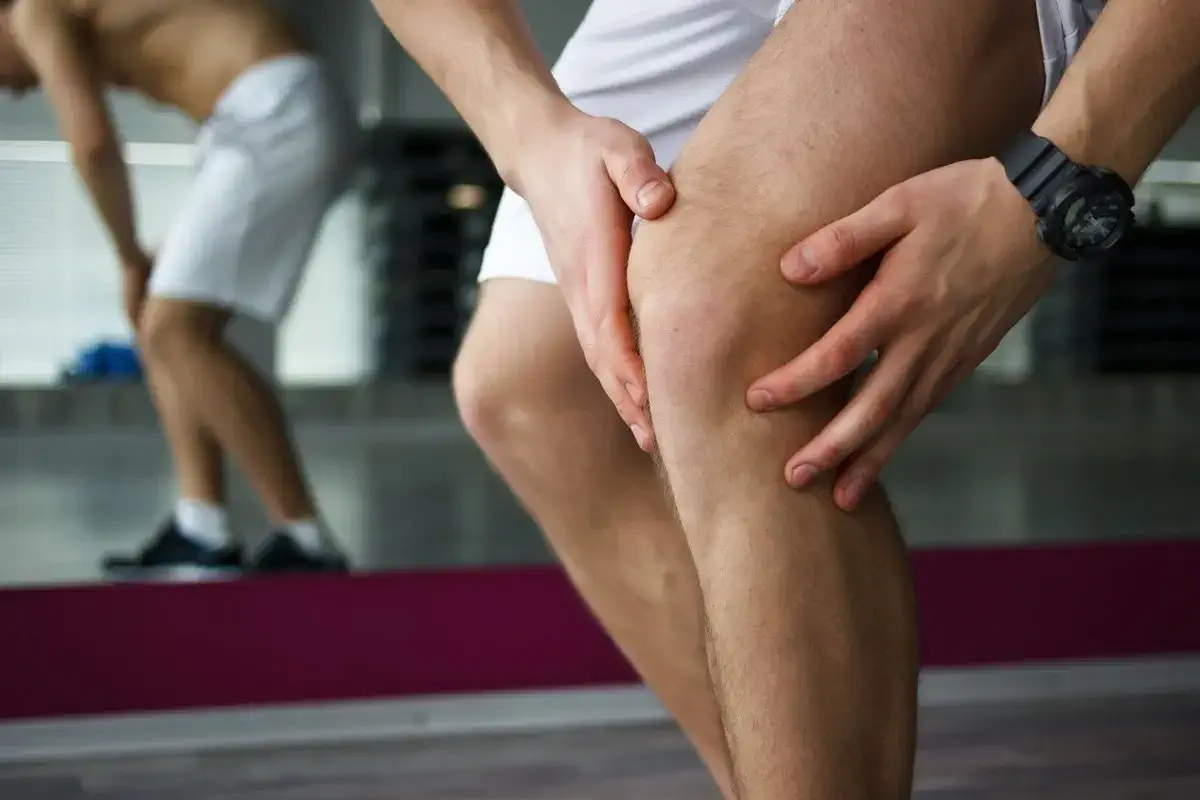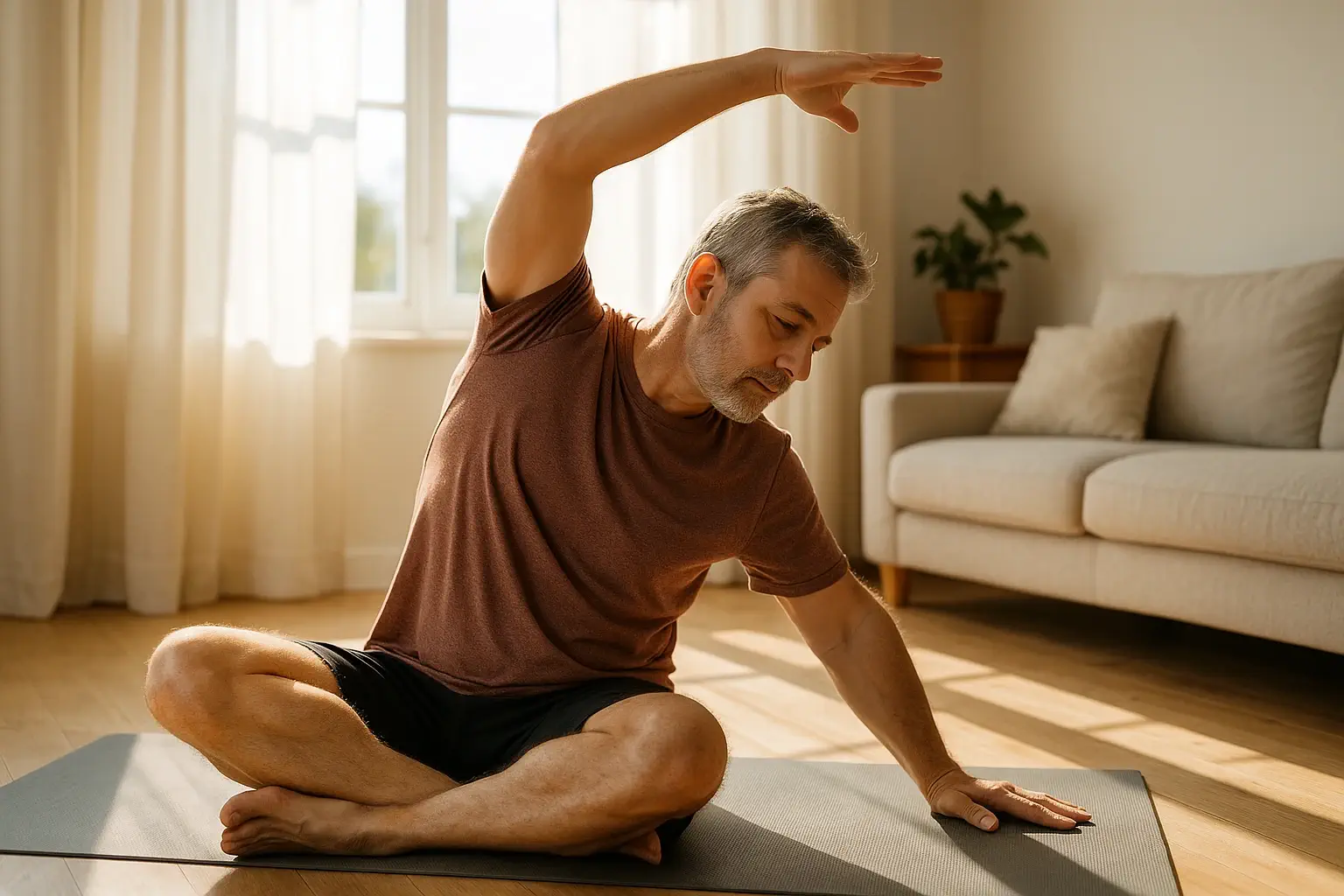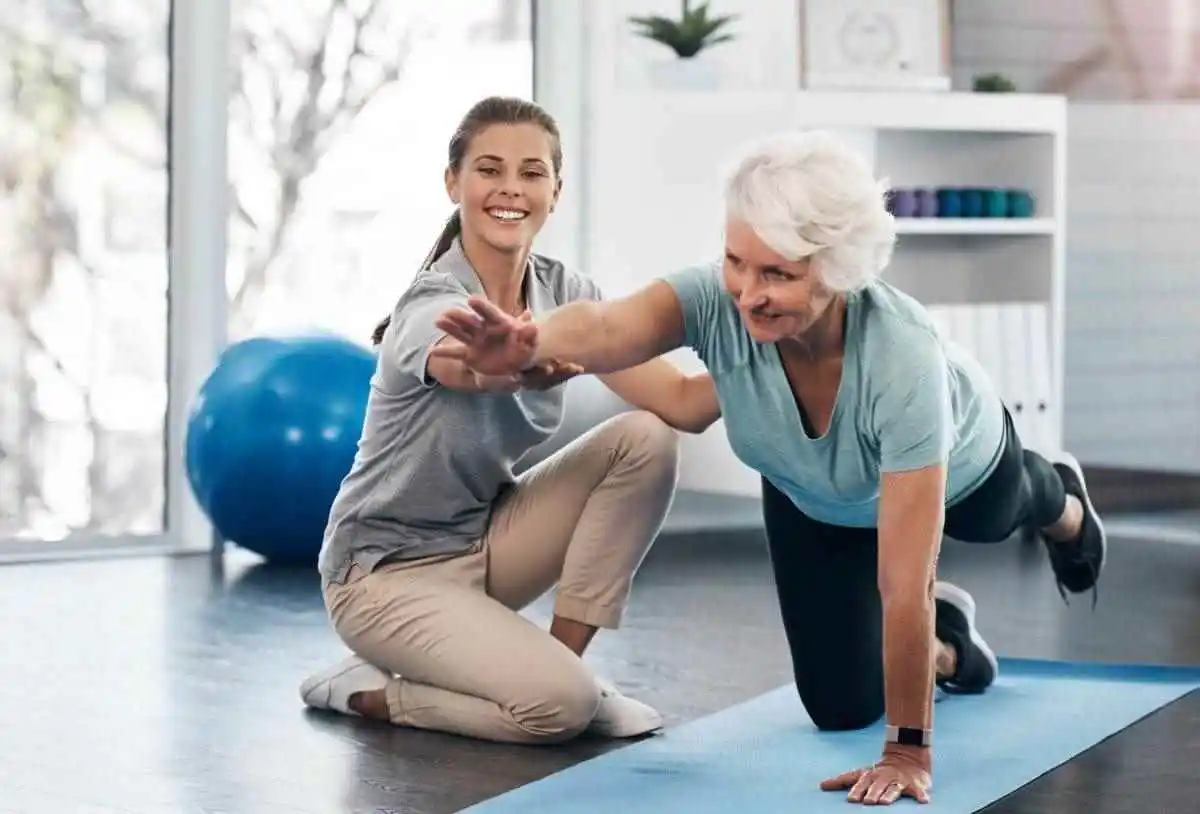
Top And Best Exercise to Treat Rheumatism
Is exercise to treat rheumatism useful? If yes, which exercise is better and more beneficial? Rheumatism or rheumatoid arthritis is one of the most common autoimmune diseases that can affect the quality of life of patients. Many people with this disease avoid physical activities due to joint pain and constant fatigue.
But it is interesting to know that exercise for rheumatism is not only not harmful, but can also play an important role in reducing symptoms, improving range of motion and improving the mood of patients. In this article from Human Health Mag, we will introduce useful exercises for people with rheumatism, how to start exercising safely and tips for better management of physical activities.
What is Rheumatism and How Does it Affect the Joints?
Before introducing exercise to treat rheumatism, it is better to first get acquainted with this disease. Rheumatoid arthritis is a chronic autoimmune disease that affects the joints and causes inflammation, pain, swelling and stiffness in the joints. In fact, rheumatoid arthritis is a chronic inflammatory disorder that affects not only the joints, but also beyond that; in some people, this disease may damage various body systems including the skin, eyes, lungs, heart and blood vessels.
When we say that rheumatism is an autoimmune disease, it means that the body’s immune system mistakenly attacks its own tissues and tries to destroy the tissue. Unlike osteoarthritis, which is caused by wear and tear on the joints, rheumatoid arthritis affects the lining of the joints, causing painful inflammation and swelling that can eventually lead to bone erosion and joint deformity.
The inflammation caused by rheumatoid arthritis can also affect other parts of the body. Although new medications have significantly improved treatment options, severe cases of rheumatoid arthritis can still lead to physical disability. For this reason, doing exercises such as hand strengthening exercises for seniors can help relieve joint pain to some extent.

Is Exercise Good for People With Rheumatoid Arthritis?
Many people with rheumatoid arthritis avoid exercise because they are afraid that it will make their pain worse, but exercise to treat rheumatism and regular physical activity are one of the most effective ways to reduce the pain, stiffness, and disability that often accompany the condition. If you have rheumatoid arthritis, regular exercise can increase your strength and flexibility. Stronger muscles can better support your joints, and better flexibility can help your joints function.
Like exercises for elderly with arthritis, exercise for rheumatoid arthritis can reduce fatigue and help you feel more energetic. Being more fit helps reduce your risk of heart disease and diabetes, two serious conditions that are common in people with rheumatoid arthritis. Another complication of rheumatoid arthritis (which is also associated with aging) is loss of muscle mass, but you can prevent this from happening if you exercise regularly. That’s why it’s important to do strength training along with aerobic exercise that can strengthen your heart and lungs.
Resistance exercise, such as brisk walking, can help prevent osteoporosis. Osteoporosis is a condition in which bones become weak, brittle, and prone to fractures due to a loss of bone density and strength. People with rheumatoid arthritis are at higher risk for osteoporosis.
Introducing the Best Exercise to Treat Rheumatism
Studies show that exercise to treat rheumatism improves the symptoms of this disease. But if this disease has severely damaged your hips or knees, it is better to choose low-impact exercises. Below, we will mention various exercises that are suitable for rheumatoid arthritis. So, read this section carefully to learn about the best exercise for rheumatism.
Low-impact and safe exercises (walking-swimming and water sports-yoga and Pilates and stretching exercises)
If your rheumatism has advanced to the point where you have chronic pain, you should start with low-impact exercises like walking. Walking is a great low-impact exercise for joint and heart health and even improves your mood a lot. Fortunately, walking can be done almost anywhere. It is only important to start small and slowly and increase your speed and distance over time. Make sure you drink plenty of water and wear comfortable shoes.
But besides walking, water sports and swimming are also good for painful joints, because the water reduces pressure on the joints. On the other hand, exercising in warm water can reduce joint stiffness. Water provides natural resistance, so you can do aerobic and strength training in the water without putting too much pressure on your joints. Since rheumatism can increase the risk of cardiovascular disease, it is important to do aerobic exercise as well; a stationary bike is a safe way to do aerobic exercise and does not put too much pressure on you.

Light strength exercises
By strengthening the muscles around weak joints, you can reduce the pressure on them. Strength training or weight training are a great way to strengthen muscles; but it is very important to observe proper form. This type of exercise is suitable and beneficial for rheumatism. It is necessary to get advice from a physiotherapist who works with people with rheumatism.
Balance and flexibility exercises
Stretching is one of the best ways to reduce stiffness and maintain range of motion in your joints and should be part of your exercise program. Start with a 3- to 5-minute warm-up; you can do standing or sitting poses and raise your arms up and down. Then stretch different muscles and joints, holding each stretch for 10 to 20 seconds and then releasing.
If you want to get a little more specialized, we recommend exercises like yoga, Pilates, and tai chi. These exercises combine deep breathing, slow and flowing movements, meditation, and simple stretching, and they help both strengthen your joints and improve your mood. Research shows that Pilates for the elderly is beneficial for rheumatism and is recommended by most doctors.
Suitable Exercise Program for People With Rheumatism
In this section, we present an exercise to treat rheumatism program:
Day 1: Cardio
- On the first day of exercise for rheumatism, walk for 20 minutes.
Day 2: Strength training – upper body
Before starting exercise for rheumatism, be sure to warm up; then do the following exercises:
- Shoulder and arm rotation: Open your hands and draw imaginary circles in the air with your palms, then change direction.
- Isometric palm press: Clasp your palms together in front of your chest, press your palms together for a few seconds, then release. Repeat this 10 times.
- Elbow rotation: Raise your hands completely above your head, then bend your elbows and gently touch your fingertips to your shoulders and pause for a few seconds, now raise your hands again. Repeat this movement 10 times.
Day 3: Stretching
On the third day of the exercise for rheumatism, you are going to do some flexibility exercises. Today, you need to warm up again.
- Knees on the ground
- Bird dog
- Reverse plank
- Shoulder and chest stretch from behind
Day 4: Cardio
- Play your favorite music and dance slowly for 15 minutes. If you like, you can walk again.
Day 5: Strength training – lower body
On this day, you are going to do strength training for the lower body muscles; warming up is essential again.
- Standing squat with stretch
- Leg spread while lying on your side
- Back leg curl
Day 6: Cardio
- Walk for 20 minutes.
Day 7: Stretching
- Today, repeat the exercises from day 3.

Tips for Exercise to Treat Rheumatism
Although physical activity and exercise to treat rheumatism have many benefits, exercise itself is not supposed to cause double harm. So pay attention to the following to make exercising for rheumatism beneficial and effective:
- If you feel pain or discomfort, stop exercising and consult a trainer. If the exercise is too hard for you, reduce its intensity and duration, and be sure that even 10 minutes of walking is very valuable.
- Whatever exercise you choose, it is important to stick to it and continue. Some days you will probably feel more pain than others; when you are in pain, try exercising at a lower intensity or take a break altogether, but resume the exercise the next day.
- If your hands are not strong enough to hold weights, use resistance bands instead.
- Consult your doctor before starting new exercises.
What Exercises Are Bad for People With Rheumatism?
What exercises should be avoided with rheumatoid arthritis? In addition to exercise to treat rheumatism, some exercises and workouts can increase joint inflammation, relapse of symptoms, or even injury, especially if the joint is already damaged or swollen. Here are some exercises that are prohibited or risky for people with rheumatoid arthritis:
- High-intensity aerobic exercises such as sprinting, stair climbing, or any exercise that involves jumping.
- Weightlifting and heavy bodybuilding exercises, even light bodybuilding with poor form, are also bad.
- Movements that put pressure on the hands and wrists, such as push-ups, pull-ups, or kettlebell lifts.
- High-impact, high-impact sports such as basketball, soccer, or martial arts.
- Pulling the joint too deeply or forcefully.
- If you have neck or spine problems, crunches and sit-ups are also bad for you.
Concluding Remarks
In this article, we have introduced the best exercise to treat rheumatism and provided an exercise program for rheumatism. Although rheumatism can be challenging, by following the proper exercise principles and choosing an exercise program that suits your physical condition, you can control joint pain and stiffness to a great extent. Regular exercise, even at a low intensity, can help strengthen the muscles around your joints, increase flexibility, and improve your mood. Consult your doctor or physical therapist before starting your exercise program to get the best results from your exercise.
We’re curious to hear your thoughts! What’s your take on this topic? Comment below and join the conversation; your opinion could spark new ideas!

Frequently Asked Questions
Is it Possible to Treat Rheumatism With Yoga?
Treating rheumatism with yoga is one of the most effective ways to treat rheumatism with exercise, as it helps reduce joint stiffness and improve range of motion through gentle, stretching movements. Moves like the Cat-Cow Pose and Thread the Needle help release tension in joints and muscles, while yoga breathing exercises reduce inflammation and restore calm to the body. These exercises increase blood circulation, bringing nutrients to the joints and speeding up the healing process.
What Happens if Rheumatism is Not Treated?
If rheumatism is not treated, the disease progresses and may affect various organs and tissues of the body, even causing lung, heart, and vascular inflammation.
